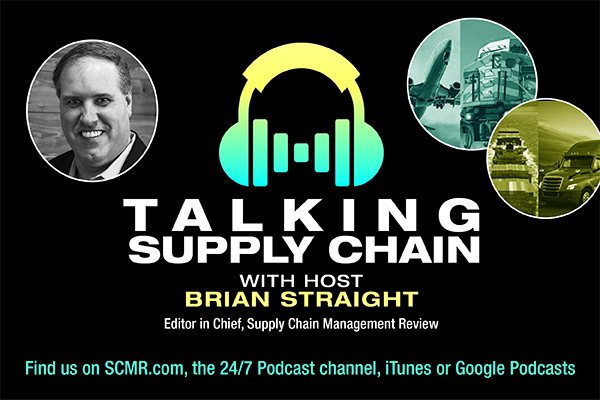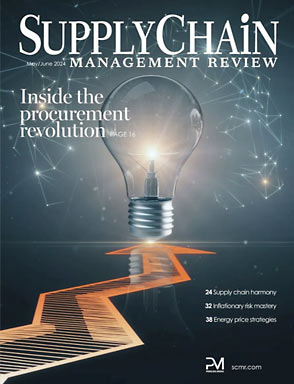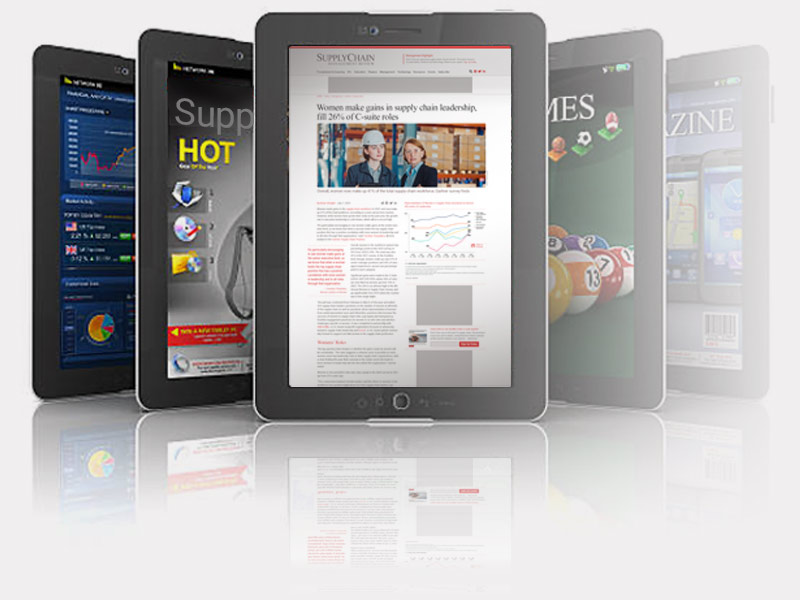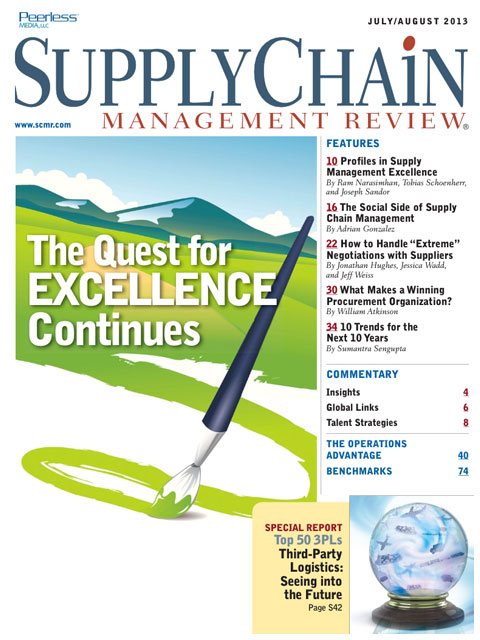Sorry, but your login has failed. Please recheck your login information and resubmit. If your subscription has expired, renew here.
July-August 2013
How do you extend the frontiers of supply management excellence and build a solid competitive advantage? Answers to this pivotal question emerged from an Executive Summit of supply chain leaders convened recently at Michigan State University. The four companies profiled here, all participants in that summit, have adopted principles that promote excellence and continue to expand that frontier. Browse this issue archive.Need Help? Contact customer service 847-559-7581 More options
In 1996, when I was a young engineer working at Motorola, there were only a handful of employees—in a few hand-picked departments—who were allowed access to the Internet and external websites from their work computers. I was not one of them, so I had to sneak to my friend’s cubicle after work hours to surf the Internet. (I was living in Arizona at the time and searching for a job back east, and my dial-up connection at home was painfully slow).
Motorola, like many companies back then, was treading very carefully and slowly toward the Internet era. The company feared that employee productivity would drop significantly if everyone were given access to the Web. Managers were concerned that everybody would be wasting hours surfing the Internet instead of working. Motorola also worried about having to deal with a whole new set of HR issues if employees started visiting “inappropriate” (read: pornographic) websites.
Other companies at the time were equally cautious and fearful. One supply chain executive, for example, told me at a workshop last summer that his company required employees to fill out a permission form if they wanted to email somebody outside the company.
 |
This complete article is available to subscribers
only. Click on Log In Now at the top of this article for full access. Or, Start your PLUS+ subscription for instant access. |
Not ready to subscribe, but need this article?
Buy the complete article now. Only $20.00. Instant PDF Download.
Access the complete issue of Supply Chain Management Review magazine featuring
this article including every word, chart and table exactly as it appeared in the magazine.
SC
MR
Sorry, but your login has failed. Please recheck your login information and resubmit. If your subscription has expired, renew here.
July-August 2013
How do you extend the frontiers of supply management excellence and build a solid competitive advantage? Answers to this pivotal question emerged from an Executive Summit of supply chain leaders convened recently at… Browse this issue archive. Access your online digital edition. Download a PDF file of the July-August 2013 issue.
 |
Download Article PDF |
In 1996, when I was a young engineer working at Motorola, there were only a handful of employees—in a few hand-picked departments—who were allowed access to the Internet and external websites from their work computers. I was not one of them, so I had to sneak to my friend’s cubicle after work hours to surf the Internet. (I was living in Arizona at the time and searching for a job back east, and my dial-up connection at home was painfully slow).
Motorola, like many companies back then, was treading very carefully and slowly toward the Internet era. The company feared that employee productivity would drop significantly if everyone were given access to the Web. Managers were concerned that everybody would be wasting hours surfing the Internet instead of working. Motorola also worried about having to deal with a whole new set of HR issues if employees started visiting “inappropriate” (read: pornographic) websites.
Other companies at the time were equally cautious and fearful. One supply chain executive, for example, told me at a workshop last summer that his company required employees to fill out a permission form if they wanted to email somebody outside the company.
 |
SUBSCRIBERS: Click here to download PDF of the full article. |
SC
MR

Latest Supply Chain News
- Technology’s role in mending supply chain fragility after recent disruptions
- Tech investments bring revenue increases, survey finds
- Survey reveals strategies for addressing supply chain, logistics labor shortages
- Israel, Ukraine aid package to increase pressure on aerospace and defense supply chains
- How CPG brands can deliver on supplier diversity promises
- More News
Latest Podcast

 Explore
Explore
Topics
Latest Supply Chain News
- Technology’s role in mending supply chain fragility after recent disruptions
- Tech investments bring revenue increases, survey finds
- Survey reveals strategies for addressing supply chain, logistics labor shortages
- Israel, Ukraine aid package to increase pressure on aerospace and defense supply chains
- How CPG brands can deliver on supplier diversity promises
- How S&OP provides the answer to in-demand products
- More latest news
Latest Resources

Subscribe

Supply Chain Management Review delivers the best industry content.

Editors’ Picks





